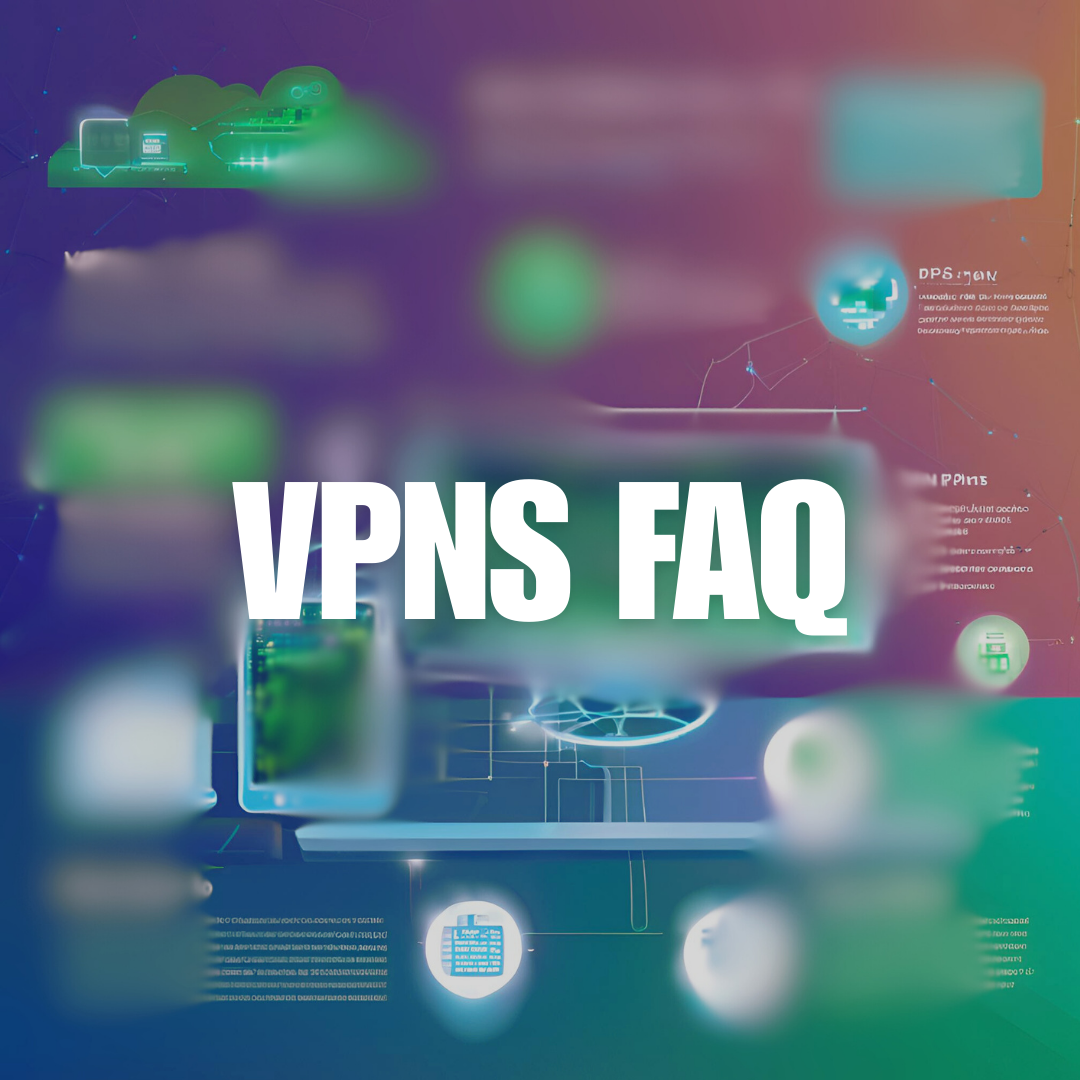Cloud Computing - Future
The Future of Cloud Computing: Trends to Watch in 2024
 Quest Lab Team
Quest Lab Team
In a groundbreaking report released by Gartner in late 2023, the global cloud computing market is projected to reach $1.3 trillion by 2025, marking a paradigm shift in how businesses approach digital infrastructure. As we navigate through 2024, the cloud computing landscape is experiencing unprecedented transformation, driven by emerging technologies, evolving business needs, and the persistent demand for greater efficiency and scalability.
Recent data from IDC shows that 90% of enterprises worldwide will rely on hybrid cloud architectures by 2024, combining public and private clouds to optimize their operations. This massive shift has been accelerated by the global digital transformation initiatives, with organizations investing heavily in cloud technologies to maintain competitive advantages and operational resilience.
"Cloud computing is no longer just an option—it's the foundation of digital business. Organizations that fail to adapt to the evolving cloud landscape risk falling behind in an increasingly competitive digital economy."
The Rise of Edge Computing and Distributed Cloud
Edge computing has emerged as one of the most transformative trends in the cloud computing landscape. According to MarketsandMarkets research, the global edge computing market size is expected to grow from $36.5 billion in 2021 to $87.3 billion by 2026, at a Compound Annual Growth Rate (CAGR) of 19.0%.

Key Edge Computing Benefits
Organizations implementing edge computing are seeing significant improvements in:
- Reduced latency with processing times dropping by up to 60%
- Decreased bandwidth costs by processing data locally
- Enhanced data security through localized processing
- Improved reliability with reduced dependency on central cloud infrastructure
Serverless Architecture: The Next Evolution
Serverless computing continues to gain momentum as organizations seek to optimize resource utilization and reduce operational overhead. AWS Lambda, Azure Functions, and Google Cloud Functions have seen adoption rates increase by 60% in the past year alone, according to Cloud Native Computing Foundation (CNCF) surveys.
- Cost Optimization: Organizations report 30-45% cost savings through serverless adoption
- Developer Productivity: 72% increase in development speed reported by early adopters
- Scalability: Automatic scaling capabilities handling millions of requests per second
- Maintenance: 80% reduction in infrastructure management overhead
AI and Machine Learning Integration
The convergence of AI/ML with cloud computing has created a new paradigm in technology innovation. Major cloud providers have expanded their AI-as-a-Service offerings, with Microsoft Azure's AI Platform reporting a 200% growth in adoption rates through 2023.
AI/ML Cloud Services Growth
Key statistics from recent market analysis:
- 85% of enterprises now use AI/ML services from cloud providers
- 300% increase in GPU-as-a-Service consumption
- 60% reduction in ML model deployment time
- 40% improvement in prediction accuracy through cloud-based ML tools
Sustainable Cloud Computing
Environmental sustainability has become a critical focus in cloud computing. Major providers like Google Cloud, AWS, and Microsoft Azure have made significant commitments to renewable energy and carbon-neutral operations. Recent studies by Accenture indicate that migrations to the public cloud can reduce carbon emissions by 59% compared to traditional data centers.
"The future of cloud computing must be green. Organizations are increasingly selecting cloud providers based on their environmental commitments and sustainability practices."
Multi-Cloud and Hybrid Cloud Strategies
The adoption of multi-cloud and hybrid cloud strategies has become mainstream, with Flexera's State of the Cloud Report indicating that 92% of enterprises have a multi-cloud strategy and 82% have a hybrid cloud strategy in place.
- Risk Mitigation: 65% reduction in downtime through multi-cloud redundancy
- Cost Management: 45% average savings through workload optimization across providers
- Vendor Lock-in Prevention: 80% of organizations cite this as a primary motivation
- Compliance: Enhanced ability to meet regional data sovereignty requirements
Security and Compliance Evolution
Cloud security has evolved significantly, with zero-trust architecture becoming the standard. According to recent IBM Security research, organizations with mature cloud security practices experienced 50% fewer security breaches and 27% lower breach costs.

2024 Security Innovations
Key security developments in cloud computing:
- Implementation of quantum-resistant cryptography
- Advanced AI-powered threat detection and response
- Automated compliance monitoring and reporting
- Enhanced data sovereignty controls
Container Orchestration and Kubernetes
Container orchestration, particularly Kubernetes, continues to dominate cloud-native applications. CNCF reports that Kubernetes adoption has grown by 300% since 2020, with 96% of organizations either using or evaluating Kubernetes.
- Development Speed: 66% faster application deployment cycles
- Resource Efficiency: 40% improvement in resource utilization
- Scalability: 90% reduction in scaling response time
- Portability: 85% reduction in application migration time
Cost Optimization and FinOps
The emergence of FinOps as a crucial discipline has transformed how organizations manage cloud costs. The FinOps Foundation reports that organizations implementing FinOps practices achieve an average of 35% reduction in cloud spending while maintaining or improving performance.
FinOps Best Practices
Key strategies for cloud cost optimization:
- Real-time cost monitoring and alerting
- Automated resource scheduling and scaling
- Waste identification and elimination
- Cross-team cost accountability
Cloud-Native Development Practices
A recent study by SlashData reveals that 66% of developers are now using cloud-native technologies, with microservices architecture leading the adoption rates. The Cloud Native Computing Foundation (CNCF) landscape has grown to over 1,400 cards, demonstrating the explosive growth in tooling and platforms supporting cloud-native development.
Cloud-Native Architecture Patterns
Key architectural patterns gaining traction:
- Service Mesh implementations grew by 235% in 2023
- GitOps adoption increased by 167% across enterprise deployments
- Chaos Engineering practices implemented by 45% of Fortune 500 companies
- Event-driven architectures saw 89% increased adoption
Advanced Networking and 5G Integration
The convergence of 5G and cloud computing is creating new possibilities for edge computing and real-time applications. Ericsson's Mobility Report indicates that 5G subscriptions will reach 4.4 billion by 2027, driving significant changes in cloud architecture and deployment patterns.

5G Cloud Integration Benefits
Recent deployment statistics show:
- 75% reduction in network latency for edge applications
- 3x improvement in data processing capabilities
- 40% increase in IoT device connectivity efficiency
- 200% growth in mobile edge computing deployments
Quantum Computing as a Service (QCaaS)
IBM's Quantum network now includes over 200 organizations, from Fortune 500 companies to academic institutions. According to McKinsey, quantum computing could create value of $700 billion to $1.3 trillion by 2035 through use cases in finance, drug discovery, and logistics optimization.
Database Evolution and Cloud-Native Storage
DB-Engines ranking shows a 200% increase in cloud-native database adoption since 2021. Amazon DynamoDB processes over 100 trillion requests per day, while Google Cloud Spanner manages over 2,000 petabytes of data globally.
Database Technology Trends
Key developments in cloud database technologies:
- NewSQL databases saw 156% growth in enterprise adoption
- Serverless databases grew by 234% in deployment
- Multi-model databases increased by 89% in usage
- Time-series databases experienced 167% growth
DevSecOps and Compliance Automation
Forrester reports that organizations implementing DevSecOps practices experience 65% faster recovery from security incidents. The State of DevSecOps 2023 survey by Snyk shows 78% of organizations have integrated security testing into their CI/CD pipelines.
Cloud Cost Intelligence and FinOps Maturity
The FinOps Foundation's State of FinOps 2024 report reveals that organizations with mature FinOps practices achieve 40% better cloud cost optimization. A study by Flexera shows that companies waste an average of 32% of their cloud spend without proper FinOps practices.
Sustainable Computing Metrics
The Green Software Foundation's research indicates that cloud providers implementing sustainable practices achieve a 65% reduction in carbon emissions compared to traditional data centers. Microsoft's sustainability report shows their data centers are on track to use 100% renewable energy by 2025.
Sustainability Achievements
Recent milestones in sustainable cloud computing:
- Google Cloud achieved 90% carbon-free energy in 2023
- AWS deployed 3.5 GW of renewable energy projects
- Azure reduced water usage by 40% through advanced cooling
- Industry-wide PUE improved by 25% since 2020
Edge AI and Machine Learning
According to ABI Research, the edge AI chipset market will reach $28 billion by 2025. The deployment of AI models at the edge has increased by 300% in 2023, driven by applications in autonomous vehicles, smart cities, and industrial IoT.
Real-time Analytics and Streaming
Kafka Summit 2023 revealed that over 80% of Fortune 100 companies now use real-time data streaming. Apache Kafka processes over 100 trillion events per day across its largest deployments, with average latencies under 10ms.
Future Outlook and Predictions
As we look beyond 2024, several emerging trends are poised to reshape the cloud computing landscape. Quantum computing as a service, advanced edge AI capabilities, and sustainable computing practices are expected to drive the next wave of innovation.
"The cloud computing industry is entering a new era of innovation, where the convergence of AI, edge computing, and sustainability will create unprecedented opportunities for digital transformation."
Conclusion
The cloud computing landscape of 2024 represents a mature yet rapidly evolving technology ecosystem. Organizations that successfully navigate these trends and adopt appropriate technologies will be better positioned to thrive in an increasingly digital world. As we continue through 2024, the focus on sustainability, security, and efficient resource utilization will likely intensify, driving further innovations in cloud computing technologies and practices.
For businesses looking to stay competitive, understanding and adapting to these trends isn't just advantageous—it's essential. The future of cloud computing promises even greater integration with emerging technologies, enhanced efficiency, and improved sustainability, making it an exciting time for technology leaders and practitioners alike.

Quest Lab Writer Team
This article was made live by Quest Lab Team of writers and expertise in field of searching and exploring
rich technological content on cloud computing and its future with its impact on the modern world






